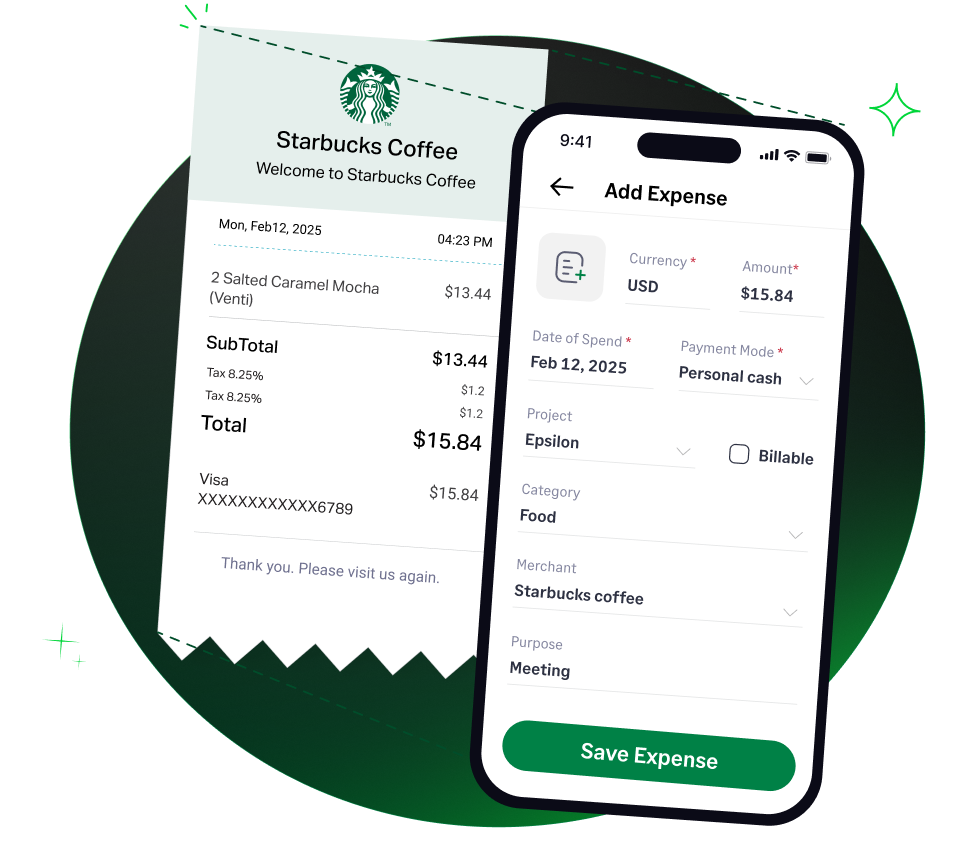✨ Exciting news: Fyle is now part of the Sage family! Learn more in our press announcement >
 4.6/51670+ reviews
4.6/51670+ reviewsFor businesses in the construction industry and other sectors that rely on competitive bidding, securing a bid bond is a standard and often mandatory step in submitting a proposal. A bid bond provides a financial guarantee to the project owner that the winning bidder will honor their bid and enter into a contract.
The premium paid to a surety company for this bond is a necessary cost of doing business. For accountants and business owners, it's important to know that this is a fully deductible expense. This guide will clarify how to categorize bid bond expenses according to IRS rules and how to track them for accurate tax compliance.
The premium you pay to a surety company for a bid bond is an ordinary and necessary business expense. While the IRS does not have a specific line item for Bid Bonds, these costs are best classified under one of two general categories:
The key to handling these costs correctly is to understand their specific purpose in the bidding process.
A bid bond is a guarantee. It assures the project owner that if you are awarded the contract, you will sign the agreement and provide any other required bonds (like a performance bond). The premium you pay for this guarantee is the deductible expense.
It is helpful to distinguish a bid bond from other bonds you might need if you win the contract:
While the premiums for all these bonds are generally deductible business expenses, they are associated with different phases of a project.
The deductible expense is the premium you pay to obtain the bond. In the rare event that you win a bid but fail to enter into the contract, causing the bond to be forfeited, that forfeited amount would be treated as a business loss, which is handled differently for tax purposes.
To deduct your bid bond premiums, you must report them correctly and maintain proper documentation.
For a sole proprietor filing a Schedule C (Form 1040):
You must have documentary evidence to substantiate the expense. Your records for a bid bond should include:
Fyle helps you manage and document all your bonding costs, ensuring every premium is captured, coded, and ready for tax time.




